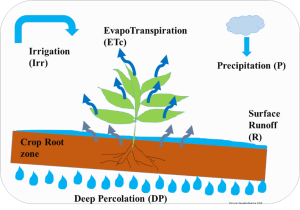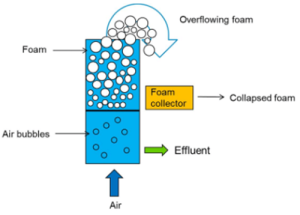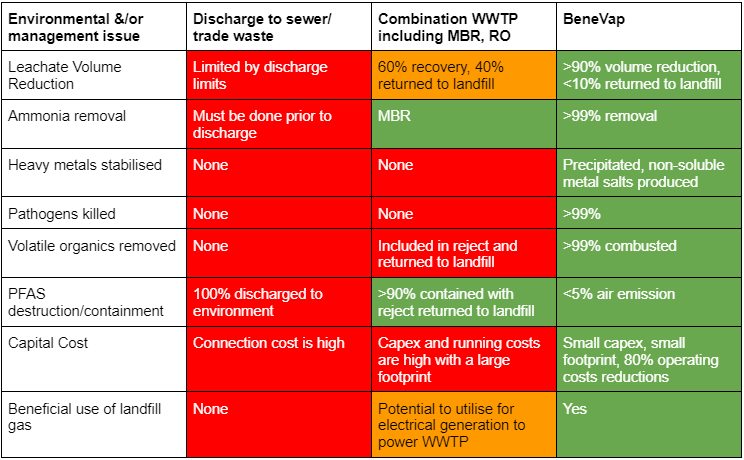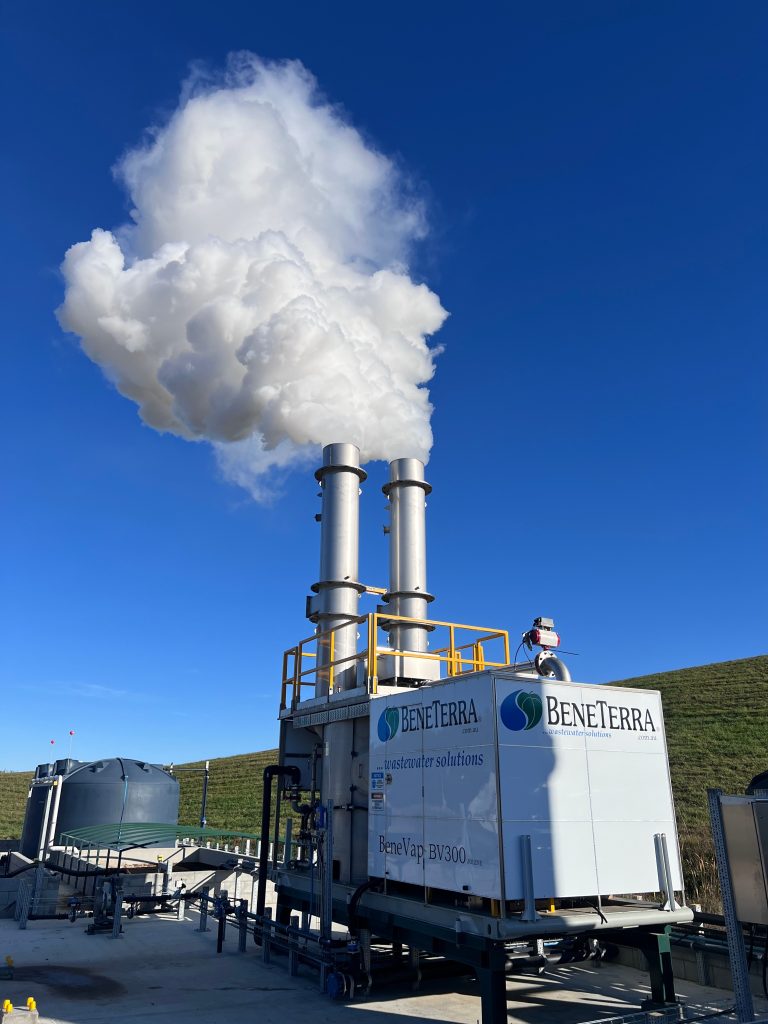Effective landfill leachate management is essential for successful landfill operations. Leachate contains a wide range of contaminants, including organics, inorganics, heavy metals, ammonia, xenobiotic compounds such as halogenated organics, and persistent substances like PFAS. The composition of landfill leachate varies depending on the type of solid waste, physio-chemical conditions at the landfill, local rainfall patterns, geology, and the landfill's age.
At BeneTerra, we have implemented numerous solutions for managing leachate and stormwater at landfill sites. Since no single solution fits all scenarios, we first conduct thorough analyses of the leachate's physical and chemical properties, landfill characteristics, and environmental authority/license conditions. This detailed assessment allows us to formulate a tailored solution for each site.
BeneTerra offers a range of innovative solutions designed to match each site's specific leachate chemistry and characteristics. We continuously strive to improve or modify our solutions as the leachate chemistry evolves, ensuring optimal environmental outcomes and cost-effective results.
Recirculation Using Irrigation
One of our innovative solutions is the design and management of an irrigation (water dispersal) system that maximizes water loss through evapotranspiration. This approach effectively eliminates leachate generation caused by large rainfall events. Below is an overview of an irrigation concept water balance model, demonstrating this method's efficiency.

The features of the above figure, which illustrate the recirculation of leachate to eliminate leachate generation and maximize losses via evapotranspiration, are explained below:
- Irrigation: Refers to the recirculated leachate.
- Precipitation: Natural rainfall specific to the site region.
- Evapotranspiration: Water loss to the atmosphere through evaporation and plant transpiration.
- Crop Root Zone: Water stored in the capping material of the landfill working face.
- Deep Percolation: Water that drains below the capping layer, generating leachate.
BeneTerra can design, implement, and maintain irrigation systems tailored to your site's requirements. We consider the following factors to maximize leachate losses via evapotranspiration and minimize leachate generation:
- Water balance modeling.
- Pump selection based on pressure, volume, and area.
- Pump setup options utilizing timers, remote starts, and high/low switches on feed reservoirs.
- Sprinkler head selection to reduce spray drift.
- Design of a transportable system to accommodate the dynamic nature of landfill operations.
Foam Fractionation (Protein Skimming)
Foam fractionation offers an innovative solution for treating landfill leachate on-site before it is transported to the sewer under Trade Waste Criteria. This process effectively targets and removes PFAS, allowing the leachate to meet the Trade Waste Sewer Acceptance Criteria for PFAS concentrations and mass load rates. By reducing PFAS levels, we can dispose of larger volumes of leachate, making the process both cost-effective and environmentally friendly. Additionally, lower PFAS concentrations enable compliance with a broader range of sewer treatment plants' acceptance criteria, thereby expanding disposal options.
Foam Fractionation Process
The foam fractionation process hinges on the selective adsorption of PFAS on the surface of air bubbles rising through a solution. As these air bubbles ascend through the leachate column, PFAS and organic materials adhere to the bubble walls. PFAS compounds, due to their zwitterionic and amphiphilic properties, act as surfactants that gather at the air-water interface. As the PFAS accumulates on these rising bubbles, its concentration in the liquid decreases, and foam forms atop the liquid body. This foam is then collected in the fractionator's foam collection chamber. Figure 1 below illustrates the foam fractionation process.

BeneTerra’s Foam Fractionator is designed as a mobile unit, conveniently transported via trailer. The unit includes all necessary accessories, such as air and leachate pumps, hoses, connections, and IBCs, all fitting neatly on the same trailer. On-site setup is streamlined and efficient, utilising an HDPE bund to effectively manage and mitigate spill risks.
BeneVap for landfill leachate
BeneTerra offers both fixed and mobile Benevap thermal vapourisers for landfill leachate treatment. These machines utilise landfill gas and some can also utilise diesel fuel.
BeneVap machines are available for purchase or lease
-
- Reduce leachate volume by over 90%
- Utilise landfill gas (claim carbon credits)
- Pre-treat leachate for trade waste disposal
- Remove 95% of ammonia content
- Disinfect leachate
- Reduce heavy metals, VOC's PAH's and VFA's
- Available in 25 kL/day or 50 kL/day capabilities
- Autonomous operating with remote monitoring
- No pre or post treatment processes required
- No membranes, no filters, no pressure vessels
How BeneVap works
BeneVap utilises submerged combustion technology to effectively manage leachate. This process involves combusting landfill gas or diesel fuel and directing the hot combustion gas into direct contact with the leachate. This contact vapourises the leachate, sending water vapour out of the exhaust and leaving behind a small, concentrated fraction of the original volume. This concentrate can be returned to the landfill and is sometimes mixed with stabilizing agents like lime or fly ash to immobilize additional metals. The BeneVap process removes most of the ammonia and eliminates microbes through heat, making the leachate more suitable for wastewater plants.
BeneVap offers significantly improved environmental outcomes compared to other leachate management methods.


